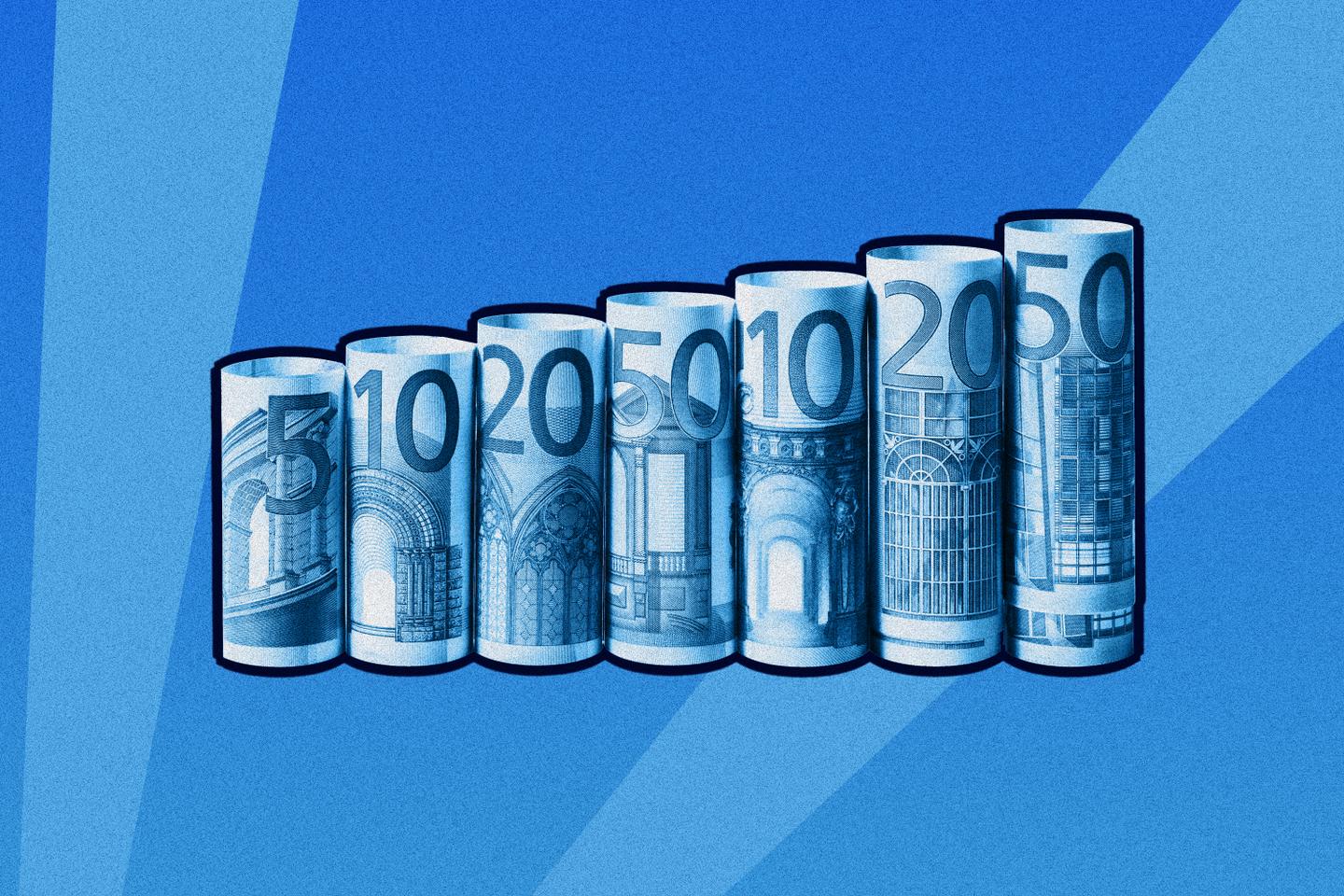


The Zucman tax has reignited the traditional right-left divide over wealth taxation, a divide that is pitting sides against each other. Yet during our respective tenures as president and general rapporteur of the Assemblée Nationale's Finance Committee, we always sought to enable informed choices based on precise data, which governments sometimes refused to provide. That same spirit has led us to write this joint op-ed today.
Throughout the history of wealth taxation in France – first the wealth tax (IGF), then the solidarity wealth tax (ISF) and now the real estate wealth tax (IFI) − two principles have emerged: not taxing professional assets, and setting tax rates so that the tax can be paid from asset income without requiring the liquidation of the underlying assets.
Thus, as soon as the IGF was created in 1982, the exemption of professional assets became standard, though its boundaries were never clearly defined. In 1988, the ISF was reinstated by Socialist prime minister Michel Rocard, introducing a cap ensuring that the combined total of ISF, income tax and Generalized Social Contribution (CSG) could not exceed 50% of annual personal income. This raised the question of what counts as personal income: How can it be defined when business owners can manage it as they please? In response to tax optimization strategies that quickly emerged, a plafonnement du plafonnement ("cap on the cap") was introduced in 1995 and maintained by Philippe Seguin, then president of the Assemblée Nationale from the republican right, despite pressure.
Apparent contradictions
Starting in 2003, the scope of exempt professional assets was expanded through the Dutreil pact, designed to preserve the capital integrity of family-owned businesses, especially medium-sized ones. By committing to keep their shares for at least six years, family shareholders – who have become more numerous over generations – benefit from a 75% exemption on their assets. But here, too, tax optimization schemes have proliferated, with the tax authorities struggling to define "active holding companies" that hold the shares.
You have 63.46% of this article left to read. The rest is for subscribers only.
